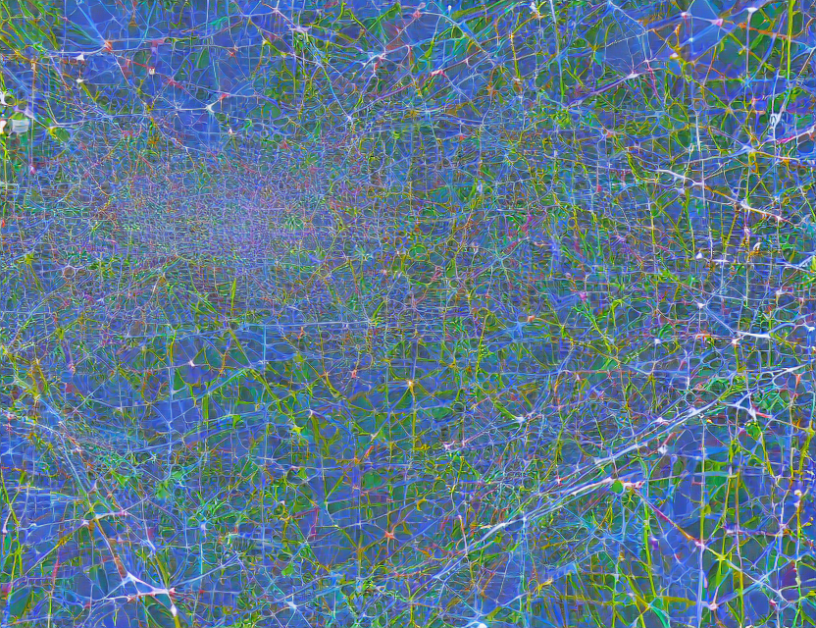In this article, we demystify the complex concept of distributed deep learning through an innovative algorithm called Kimad. Developed by researchers at NVIDIA and universities worldwide, Kimad aims to reduce the communication overhead in training deep neural networks while maintaining model accuracy. By adaptively compressing the model updates based on bandwidth estimation, Kimad achieves efficient distributed deep learning without compromising performance.
Adaptive Compression: The Key to Efficient Distributed Deep Learning
Imagine a group of friends working together to build a skyscraper. Each friend has a specific task, and they communicate with each other through messages. In a similar way, in distributed deep learning, multiple workers collaborate to train a model, sharing their updates with the server through communication channels. However, these communication channels have limited bandwidth, much like the friends’ messaging system.
Kimad addresses this challenge by adaptively compressing the model updates based on the current bandwidth usage. This process is similar to a teacher compressing a student’s homework assignment based on their progress in a particular subject. By compressing only the necessary parts of the update, Kimad reduces the communication overhead without affecting model accuracy.
Bandwidth Adaptivity: The Core of Kimad
Now, imagine that your friend group has to move to a new location with varying bandwidth conditions. In such cases, the messaging system may need to adapt to maintain efficient communication. Similarly, Kimad adapts its compression strategy based on the changing bandwidth conditions to ensure efficient distributed deep learning.
Kimad achieves this by maintaining two estimators: one for the model updates (𝑥𝑘) and another for the bandwidth estimation (𝐵𝑘). By monitoring these estimators, Kimad can adjust its compression strategy to optimize communication efficiency. This process is similar to a teacher adjusting their teaching methods based on their students’ learning progress.
The Core Algorithm: Kimad in Detail
Now that we understand the core idea behind Kimad, let’s dive into the detailed algorithm. Algorithm 1 shows the general version of Kimad, which consists of three main steps:
Step 1: Server Broadcast and Worker Calculation
In this step, the server broadcasts the latest compressed update (C𝑘) to all workers. Each worker then calculates its local update by applying 𝐴update, a compression function selected from Ω (a set of compressors). The worker also stores the updated model 𝑥𝑘 .
Step 2: Server Update and Model Aggregation
In this step, the server aggregates the local updates by subtracting the estimated residual error 𝑚 from each worker’s update. The server then updates the global model 𝑥𝑘 based on the aggregated update vector.
Step 3: Adaptive Compression and Bandwidth Estimation
In this step, Kimad adaptively compresses the model updates based on the current bandwidth estimation 𝐵𝑘 . The compression strategy is selected from Ω in an adaptive manner, ensuring that only necessary parts of the update are compressed. This process is similar to a teacher tailoring their teaching methods to each student’s learning style.
By maintaining two estimators (𝑥𝑘 and 𝐵𝑘), Kimad can monitor both the model updates and bandwidth conditions, enabling it to adjust its compression strategy accordingly. This adaptive compression approach enables efficient distributed deep learning without compromising accuracy.
Conclusion: Efficient Distributed Deep Learning through Adaptive Compression
In conclusion, Kimad is a powerful algorithm that simplifies distributed deep learning by reducing communication overhead through adaptive compression. By adaptively selecting the best compression strategy based on bandwidth estimation, Kimad achieves efficient distributed deep learning without compromising model accuracy. With its innovative approach to compression and bandwidth estimation, Kimad opens up new possibilities for distributed deep learning in various applications, from image recognition to natural language processing.



